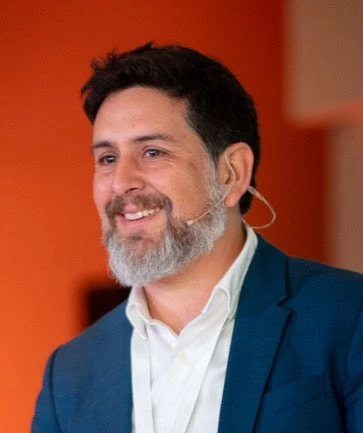
Imagine yourself in the last century, walking down one of the streets of a large Central Asian city. You are surrounded by architecture dominated by the Soviet style, with common building types stretching across the blocks. As you walk the streets, suddenly, the ground under your feet starts wobbling and everything around you starts shaking. Buildings, trees, and cars start to shake and you cannot walk any more. Instantly, many structures start to collapse and there is dust and screams everywhere. There is chaos and desperation. An earthquake of magnitude 7+ has hit the city. This story, a true story, has happened several times in each of the Central Asian countries in the last century.
January 3rd, 1911, Chon-Kemin earthquake (Magnitude 7.8), Kazakhstan; October 5th, 1948, Ashgabat earthquake, (Magnitude 7.3), Turkmenistan; July 10th, 1949, Khait earthquake (Magnitude 7.5), Tajikistan; April 26th, 1966, Tashkent earthquake (Magnitude 7.5), Uzbekistan; and August 19th, 1992 Suusamyr earthquake (Magnitude 7.3), Kyrgyz Republic. These are severe earthquakes that had a lot of negative impact and caused sizable setbacks in the countries' welfare and development.
And it is precisely the development of the countries along with the safety of its citizens that should be two of the main reasons why we should do more in reducing earthquake risk in Central Asia. In the last few years, the region has been growing in economic terms and this has been reflected in more infrastructure and more population concentrated in the cities. Unfortunately, this growth has not been planned and constructed in a way that takes systematic earthquake risk reduction into consideration. Furthermore, much of the old Soviet infrastructure has passed its service life. In fact, during the NATO Advanced Research Workshop on Urban Earthquake Risk Management Strategies for the Central Asian Republics that took place in October 1996, it was pointed out that certain common building types throughout the Soviet Union were extremely vulnerable to seismic activity.
The Governments of the Central Asian countries need to pay serious attention to this issue. Indeed, this year, on March 30, 2015, all five Governments signed the Sendai Framework for Disaster Risk Reduction 2015-2030. Over the next 15 years, the Sendai Framework aims to achieve substantial reduction of disaster risk and losses in lives, livelihoods and health and in the economic, physical, social, cultural and environmental assets of persons, businesses, communities and countries.
To achieve this outcome, countries need to systematically invest in reducing existing risk, reducing the creation of future risk, and responding more efficiently to disasters. These actions are not just to check the box and comply with the new Framework – most importantly, these actions will insure the sustainable development of the future of the people in the region.
Local and international scientists agree that we can expect to have a major earthquake in the region. However, we don’t know exactly when it will strike, but we know it is closer than we think. A forthcoming World Bank study is showing that a major event (100 year return period) can have huge economic impact on the countries in the region as well as large affects on the GDP (see graphic below). The average economic impact in the region for the 100-year event is 47.2% of the GDP. Considering that the growth of the region in 2011 was approximately 8.78%, it means that an earthquake will destroy the growth of the region by a factor of five.

return period.
I believe that in countries that help build resilient societies by actively engaging in seismic risk reduction, the citizens will look back and thank the authorities for what they did. Earthquakes and other natural events cannot be stopped, however the way we build and plan our cities and countries can and will reduce the risk of major catastrophes.
The Central Asia countries will have the opportunity to talk more about this issues during the "Central Asia Earthquake Risk Reduction Forum" that will take place on October 27-28 in Almaty. This event is organized by the World Bank Group with support of the Government of Japan.


Join the Conversation